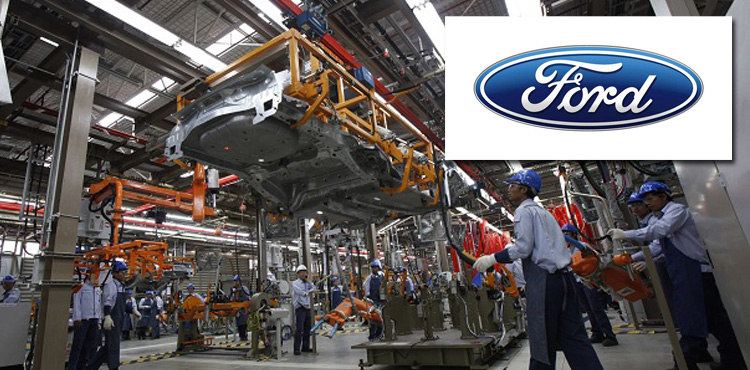
Ford Trail Blazing Graphene Industrial Applications
Ford motors is leading the way in automotive manufactur …
Ford motors is leading the way in automotive manufacturing, yet again, this time by applying the “wonder material”, graphene, in a very new way. Adding another disruptive potential to graphene’s industrial takeover list.
The US has a thing for naming days of the year, and October 9th is national Nanotechnology Day, yay. And it was on the auspicity of this year’s Nanotechnology day that Ford announced that it will be the first car company to apply graphene into their assembly line. But, in a very different way engineers and scientists imagined how graphene would be used.
Graphene’s two dimensional lattice structure, makes it the strongest man made materials to date. Its properties and wide range of application potential makes it possibly as big a game changer as plastic was. Graphene’s ability to make things “Stronger, lighter, smarter, faster, and even eco-friendlier” grabbed the attention of material technology enthusiasts, and innovation aficionados alike. But, Ford motors have been quietly experimenting on a novel way to apply graphene to their automobiles; sound insulation.
Ford Motor Company had made cars more affordable by introducing large scale manufacturing of cars on moving assembly lines. Ford gave millions of consumers access to the automobile otherwise they couldn’t have afforded. Now, they are pioneering industrial application of graphene to insulate noise.
Recently, Ford announced the plan to innovate with “miracle” material. Ford, along with Eagle Industries and XG Sciences, has discovered that a tiny amount of graphene could be used to achieve significant improvements in the properties of car parts. It’s not news that graphene could make things weigh less, or increase heat conductivity but that it can be applied to reduce noise, is a breakthrough in graphene application. Ford, in collaboration with Eagle Industries and XG Sciences, discovered a method to apply miniscule amounts of graphene to fuel rail covers, pump covers and front engine covers.
“tests done by Ford and suppliers has shown about a 17 percent reduction in noise, a 20 percent improvement in mechanical properties and a 30 percent improvement in heat endurance properties, compared with that of the foam used without graphene.”
Reducing noise inside vehicle cabins conventionally means more materials added which means more weight added, but graphene solves the added weight problem, and makes the parts more durable. The graphene is mixed in with foam carriers that acts as heat and noise insulation, and Ford plans to integrate the material into the Mustang and F-150 before the end of 2018.
Hopefully, with cutting-edge application of graphene and further innovations with the miracle material, Ford can make miracles for its revenues, and make up for the 1 billion dollars loss incurred by Trump’s tariff war with China.


